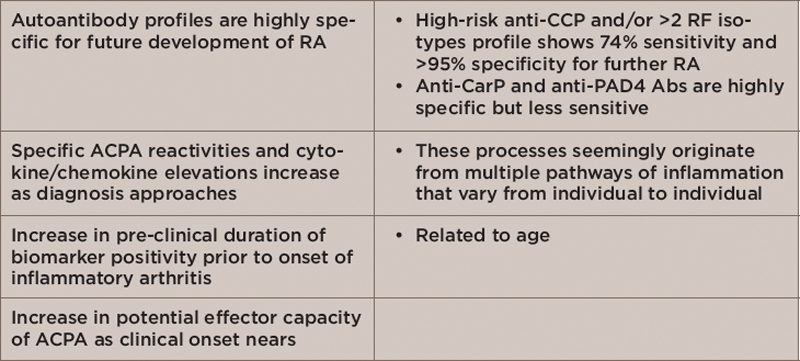
The effects of pollution (such as that shown here in Beijing, China) do not appear until later in the RA disease process.
Image Credit: designbydx/shutterstock.com
SAN FRANCISCO—Evolving research into the pathogenesis of rheumatoid arthritis (RA) is increasingly showing that rather than a single causative dysfunctional pathway leading to disease, multiple pathways are involved, the study of which can shed additional light on what is occurring in a person’s body prior to developing symptoms of disease.
Saying it another way, no longer are researchers looking for an “original sin” (or autoimmune response to a singular peptide) that causes RA; rather, this immunological concept is being replaced by the metaphor of a “gathering storm” of multiple autoantigen reactions that may precede the onset of clinical disease, according to V. Michael Holers, MD, Scoville Professor and head, Division of Rheumatology, University of Colorado School of Medicine, Aurora, Colo. Such research is promising to reveal new potential targets for treatment, and importantly, ways to potentially prevent the disease from developing at all.
“In people who will ultimately get rheumatoid arthritis, certain autoantibodies and likely autoimmune T cells are already present, and in a poorly understood process, they start to damage joints,” said Dr. Holers during the Rheumatology Research Foundation Memorial Lecture honoring L. Emmerson Ward, MD, at the 2015 ACR/ARHP Annual Meeting. In his presentation, Rheumatoid Arthritis Mechanisms and Predictors of Pre-Clinical RA, Dr. Holers provided an overview of several advances made since the time of Dr. Ward in the understanding of how RA develops.

Dr. Holers
Among these advances is a better understanding of the multiple pathophysiological processes that are occurring in a person before any symptoms of the disease become manifest. According to Eric Matteson, MD, MPH, chair, Rheumatology Department, Mayo Clinic, Rochester, Minn., who moderated the session, one of the most important advances Dr. Holers talked about is the insight that abnormal humoral autoimmunity and related B cell and plasma cell function, along with T cell dysregulation, are involved in the pathway to developing clinical RA.
“These processes begin long before the arthritis becomes apparent, and may take place, for example, in the lung,” Dr. Matteson said. “In some patients, these responses show up as rheumatoid factor or cyclic citrullinated peptide antibodies even before diagnosis.”

(click for larger image)
Table 1: Pathophysiological Changes in Persons with Preclinical Disease or Those at High Risk of Developing RA
Key: RA, rheumatoid arthritis; CCP, cyclic citrullinated peptide; RF, rheumatoid factor; CarP, carbamylated protein; PAD4 Abs, peptidylarginine deiminase 4 antibodies; ACPA, anti-citrullinated protein antibodies


